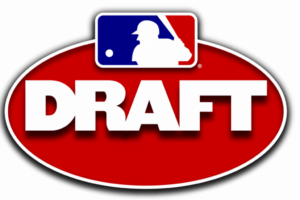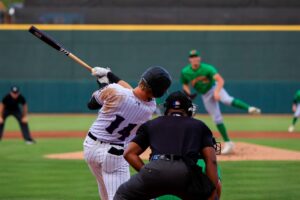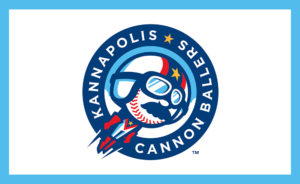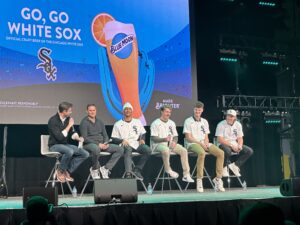State of the System: Catcher
Positional Overview:
Following on from last year, the catching spot is still arguably the weakest position in the entire system at present. Tyler Flowers has above average power for the position, but he’s due some serious regression after a .355 BABIP fuelled 2014 season. Even with a lot of batted ball luck, Tyler still only managed to hit .241 with a 93 wRC+. Adrian Nieto stuck with the Sox as a Rule 5 selection last year, but he clearly wasn’t ready for MLB action and has gone to Double-A to open the season. Nieto could work his way back to the Majors, but losing a year of development time sitting on the bench in Chicago probably didn’t help him much. Geovany Soto could prove a shrewd acquisition, though you probably wouldn’t want to rely on him as more than a backup. George Kottaras has actually put up some decent numbers during his MLB career, showing nice patience and power, and Rob Brantly provides Triple-A depth. The prospects mostly profile as backup types.
Where will the White Sox catcher of the future come from?
While it is certainly possible that one of the current catcher options could take a step forward and establish themselves as an average or better MLB catcher, I think it is more likely that this position will need to be filled by an external candidate. This years June draft looks quite light on the catcher front (it’s a weak class overall). The top catcher at present is high schooler Chris Betts, and he’s mooted as more of a late 1st round type prospect, so he probably wouldn’t be a fit for the Sox at #8 unless it was on a below slot deal. Taylor Ward looks like the top college catcher. He’s seen as a 2nd-3rd round prospect and would have been a nice target if the Sox hadn’t surrendered both their 2nd and 3rd round picks this past offseason. International Free Agency (July 2) is another good avenue for infusing talent into the system and the Sox did well to sign Jhoandro Alfaro last year (more on him below). The 2016 July 2 class has an elite level catching prospect by the name of Abraham Gutierrez, who has garnered comparisons to Mike Piazza (per Kiley McDaniel), though even the most advanced July 2 guys will need 5+ years of development time. Of course, Rick Hahn could always swing a trade for someone such as rumoured long-term target Jason Castro, or Buster Posey blocked Andrew Susac (a personal favorite of mine).
Top Prospect:
Kevan Smith– Smith continued his slow ascent through the system last year as he spent the entire season with Double-A Birmingham. Despite being an older prospect (he’ll turn 27 mid way through this season) he has spent more or less a full year at each level since being drafted back in 2011. Presumably the Sox have treated him in this way in order to allow his defensive ability develop as much as possible. Smith’s power output (.147 ISO) last year was well below his career average (.171 ISO), and it’s looking less likely that he’ll be a plus power threat. Smith’s best attribute is his strike zone control, as he both walks at a good rate (10.2 BB% in ’14) and makes nice contact (15.1 K% in ’14). He’ll probably spend the whole season with Charlotte before being given a chance to win a job out of spring training next year. Smith’s upside is that of a backup catcher or below average regular.
Best of the Rest:
Brett Austin– Carlos Rodon’s battery mate at NC State was a big disappointment during his first two years of college before rebuilding his stock as a junior. His professional debut was a little ugly, but he has come out of the gates red hot this season, showing patience, power and contact, though the sample size is still too small to be meaningful. Austin doesn’t have any plus tools, but he will do a bit of everything. Defensively he still needs work and he profiles as a backup.
Zach Fish– Fish was an outfielder in college but the Sox moved him behind the dish after drafting him in the 11th round last year. Fish has some decent tools including above average raw power, but it may be tough for him to transition back to catching, and there’s a fair amount of swing-and-miss in his game.
Omar Narvaez– The Double-A Rule 5 pick was a pleasant surprise last year as he displayed an advanced approach at the plate, walking more than he struck out. Narvaez is a ground ball hitter with minimal power. His career ISO is .062 and he has a 2.5% HR/FB rate, which shows that when he does lift the ball, he doesn’t do it with authority. Kiley McDaniel noted Narvaez for his “advanced catch and throw skills.”
One for the future:
Jhoandro Alfaro– Alfaro was one of the Sox big signings from the current IFA class. He brings solid tools both at the plate and behind the dish, but will need a lot of development time. I assume he will see action in the Dominican Summer League this year before coming stateside in 2016 or 2017. Alfaro has a chance to be a starting catcher with strong defensive skills.
Want to know right away when we publish a new article? Type your email address in the box and click the “create subscription” button. Our list is completely spam free, and you can opt out at any time.







